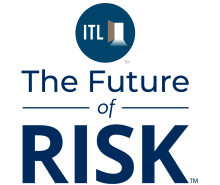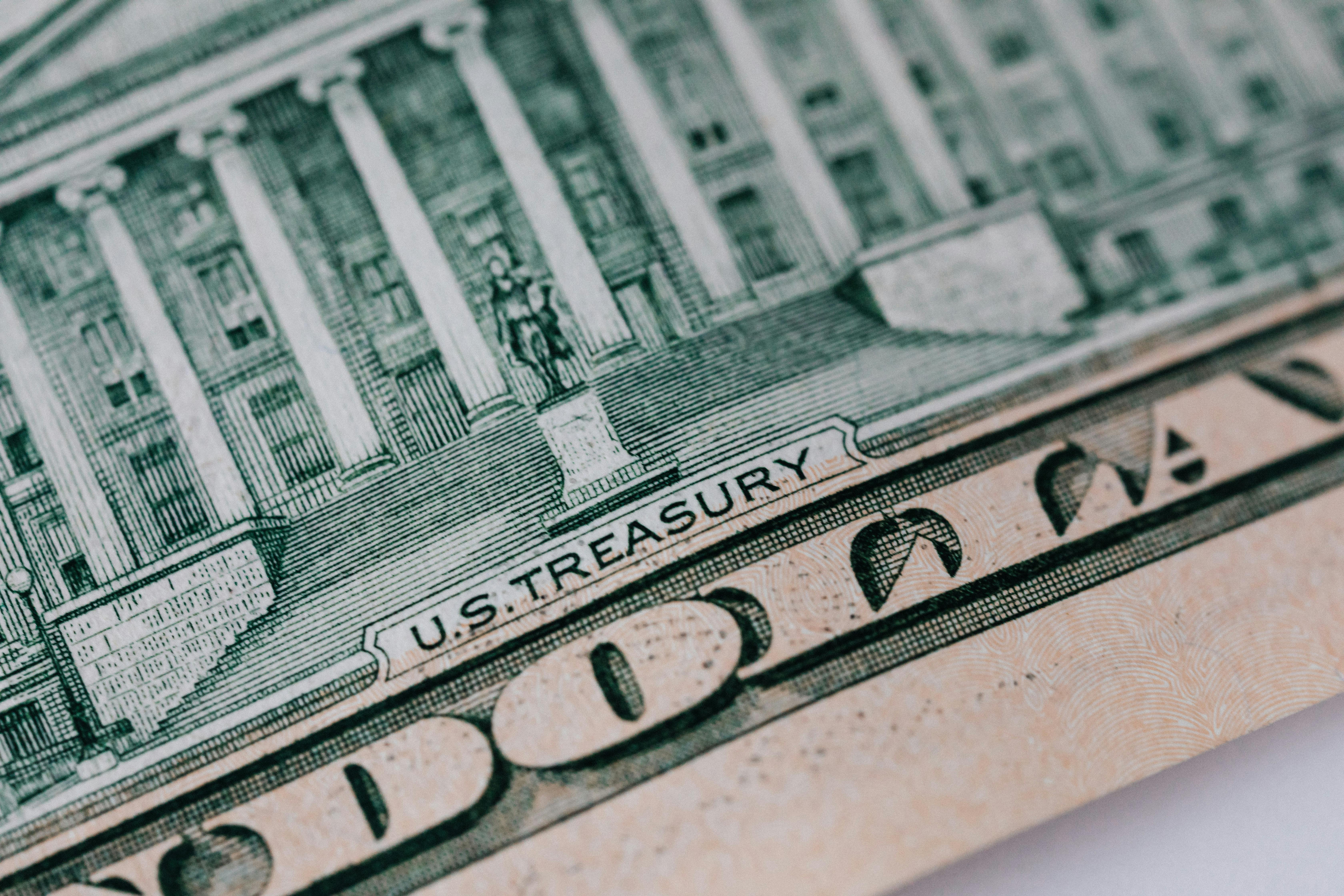As we introduced earlier in this series, here and here, the insurance industry is modernizing, leveraging data and technology to transform how risk is assessed and managed. Continuous underwriting enables insurers to monitor individual risks and portfolio trends in real time—without prohibitive increases in expenses.
The impact of these advancements extends far beyond individual insurance transactions or an insurer's loss ratio. This shift creates an insurance system that enhances safety, lowers costs, and strengthens financial stability. A well-functioning insurance mechanism fosters economic growth by reducing consumers' reliance on personal rainy-day funds, allowing capital to be reinvested into businesses, innovation, and economic expansion.
The insurance industry plays a crucial role in providing incentives to businesses and individuals to adopt better risk management practices. Those who manage risks effectively benefit from better pricing and terms, while higher-risk entities face difficulty securing the coverages they desire at an affordable rate. A key example of this transformation is seen in the workers' compensation market, where automation and improved workplace safety have driven a historic decline in claim frequency, leading to 11 consecutive years of rate reductions.
Traditionally, risk assessments occur at renewal—sometimes at every third or fifth renewal—or after a claim, allowing newly introduced hazards to go undetected until effective intervention is no longer possible. Continuous underwriting shortens the review intervals, allowing insurers to quickly identify deteriorating risk conditions and influence positive changes before losses occur. Businesses, property owners, and individuals have stronger incentives to adopt safer practices—such as better building maintenance, fire prevention measures, and cybersecurity defenses. Over time, these efforts reduce preventable losses, leading to safer, more stable communities.
As more businesses and individuals improve their risk profiles, insurance costs decline, making coverage more affordable for everyone. Small businesses—often burdened by high insurance costs—stand to benefit significantly, allowing them to invest more in growth and job creation. Additionally, with fewer catastrophic losses, the insurance industry's financial stability is strengthened, reducing market volatility and ensuring that coverage remains widely available, even in high-risk areas.
One of the most critical societal benefits of continuous underwriting is its ability to equip communities to anticipate and mitigate natural disasters. Instead of waiting until renewal to adjust policies, insurers can detect increased hazards—such as outdated infrastructure, poor fire mitigation, proximity to wildfire-prone vegetation, or rising flood risks—and work with policyholders to address these issues before disasters strike. This proactive approach leads to fewer uninsured losses, faster recovery times, and a more resilient economy in the face of climate change and an increase in extreme weather events.
With real-time assessments, consumers gain a clearer understanding of how their risk management choices directly affect their premiums and carrier options. Rather than facing sudden rate increases at renewal, policyholders are granted the opportunity to make improvements and see immediate financial benefits. This shift toward increased transparency in pricing and coverage decisions will create a fairer and more dynamic insurance marketplace.
As continuous underwriting becomes the industry standard, companies have incentives to adopt safer, more sustainable, technologically advanced practices. Investments in cutting-edge risk prevention tools result in the ability to secure broader coverage at a lower rate. This accelerates innovation across industries, from construction and manufacturing to healthcare and retail, benefiting society as a whole.
Many of these advancements include the growing use of loss prevention devices. Today, insurers are subsidizing or providing sensors that monitor and alert for temperature changes, water leaks, or gas buildups. In food service, smart handwashing stations instantly detect the presence of bacteria or allergens, reducing contamination risks. Surveillance and inventory tracking tools, such as smart tags, are preventing loss and theft. These technologies not only reduce claims but also improve overall safety and efficiency across industries.
As we look to the future, advances in technology and data accessibility will continue to reshape the insurance industry. In the past, obtaining a quote could take weeks via mail or fax. Today, it takes minutes through integrated agency management systems. The industry is building a more seamless, automated insurance marketplace, where policies are continuously updated based on real-time data.
Imagine a system where insurers adjust pricing dynamically, 24/7, based on real-time changes in a policyholder's risk profile. In such a world, consumers could automate coverage selection, seamlessly switching to the best-priced policy—just as financial markets respond to changes with immediate adjustments to stock prices. Regulatory challenges notwithstanding, this vision aligns with the increasing push for efficiency, fairness, and consumer empowerment in the insurance industry.
Continuous underwriting represents a transformative shift in insurance—one that will have profound benefits for society. By encouraging risk management, we are cultivating safer communities, lower insurance costs, and a more stable financial system. Businesses and individuals are better protected against unforeseen losses, and insurers have the tools to help prevent disasters rather than just responding to them.
Underwriting entities that embrace continuous underwriting will thrive, while those that resist may struggle to remain competitive. More significantly, the insurance industry has the opportunity to become a powerful force for societal progress—enhancing economic resilience, strengthening disaster preparedness, and empowering consumers for generations to come.









